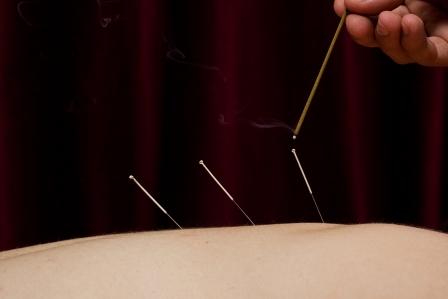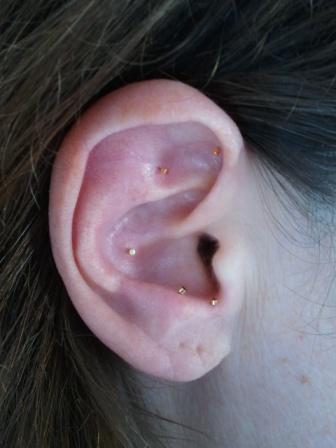Japanese investigators have used colour doppler ultrasound imaging (CDI) to non-invasively evaluate haemodynamic changes caused by acupuncture. The authors hypothesised that, based on traditional point indications for Taichong LIV-3 (‘regulating the blood’ and ‘opening into the eyes’), that stimulating this acupoint would affect haemodynamics in the peripheral vasculature and the retrobulbar arteries (located behind the eyes). By comparison, since Zusanli ST-36 is traditionally associated with the function of organs of the gastrointestinal tract, the authors hypothesised that acupuncture at this point would affect haemodynamics in the superior mesenteric artery (SMA) which supplies the small intestine. They found that, in healthy volunteers, blood flow in the peripheral arteries of the upper limb was significantly lower during needle stimulation at Taichong LIV-3 compared with before, but significantly higher after needle stimulation, compared with before. Taichong LIV-3 stimulation also resulted in a significant decrease in the vascular resistance of the short posterior ciliary artery of the eye, however it had no significant effect on blood flow through the superior mesenteric artery (SMA). In contrast, stimulation at Zusanli ST-36 resulted in a significant increase in blood flow through the SMA and no significant change in the vascular resistance of the retrobulbar arteries. A further experiment, carried out in 11 patients with open-angle glaucoma found that acupuncture using a previously determined protocol (Zanzhu BL-2, Taiyang M-HN-9, Sibai ST-2, Zusanli ST-36 Sanyinjiao SP-6, Taixi KID-3, Taichong LIV-3, Fengchi GB-20, Ganshu BL-18, and Shenshu BL-23) led to a significant reduction in the vascular resistance of the central retinal artery and short posterior ciliary artery. (Evaluation of the effects of acupuncture on blood flow in humans with ultrasound color Doppler imaging. Evid Based Complement Alternat Med. 2012;2012:513638. Epub 2012 Jun 21).
Categories: Acupuncture research







